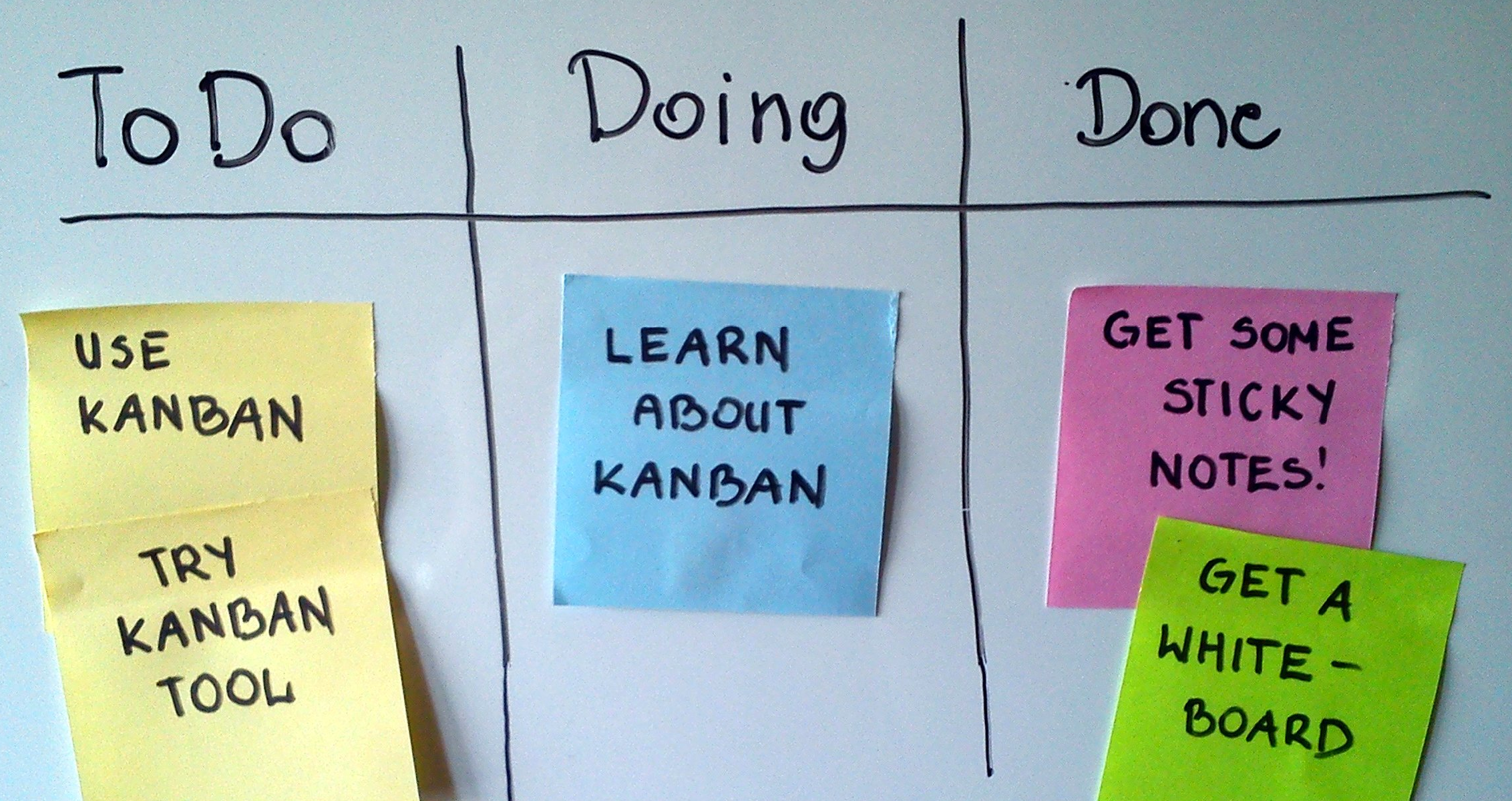I’m posting every week or so some short excerpts from my book, Kanban from the Inside. Chapter 2 covers the second of the Kanban Method’s nine values, balance.
Balance Demand versus Capability
Inside the system, we balance workload against the system’s capacity, both for the sake of the people doing the work and for the improved performance and predictability that comes as a result. But it doesn’t have to stop there.
Interesting things happen when your system’s capability to deliver against each category becomes known. You can help your customers to make better-informed choices. This in turn has an upstream effect, an effect on how work flows from the customer. Managed proactively, this is demand shaping, a way to improve outcomes still further by promoting balance across a broader scope of a system and over longer timespans.
Work item categorizations and classes of service help you manage to multiple time horizons simultaneously. There’s no point in remarkable delivery rates in the short term if we’re busy bankrupting ourselves through insufficient attention to sustainability. Likewise, we can’t be forever spending our investors’ money on long-term work so nebulous or grandiose that customer value will never be delivered.
In a nutshell, Kanban helps you balance demand versus capability over a range of timespans. This is a powerful management strategy to apply both inside and outside the system.
Seeking Balance
Balance is a strange thing—we really enjoy it when it’s there, but achieving it takes anticipation, vigilance, and effort, sometimes even the occasional breakthrough. For me, it is this—as much as the significant technical merits of WIP-limited pull systems—that makes balance such an important value.
To help bring balance into your application of Core Practice 2, try prefacing it with “Find ways to”:
- Find ways to limit work-in-progress, using every available lever.
- Find ways to limit work-in-progress at every organizational level, looking for ways to bring those deeper imbalances to the surface as trust is built.
Perhaps you can come up with a phrase that captures the essence of your organization’s current need for balance. It’s a trick that works with other practices too.

